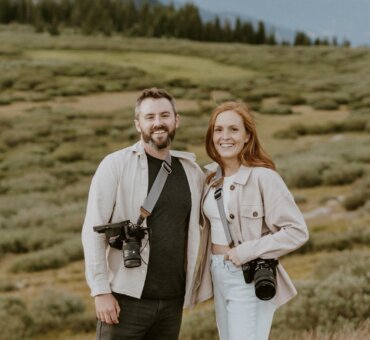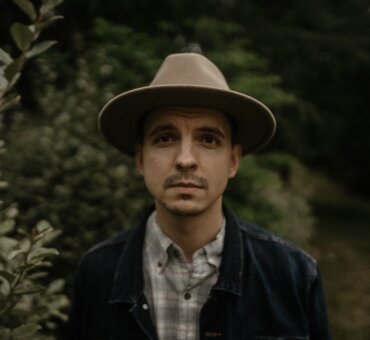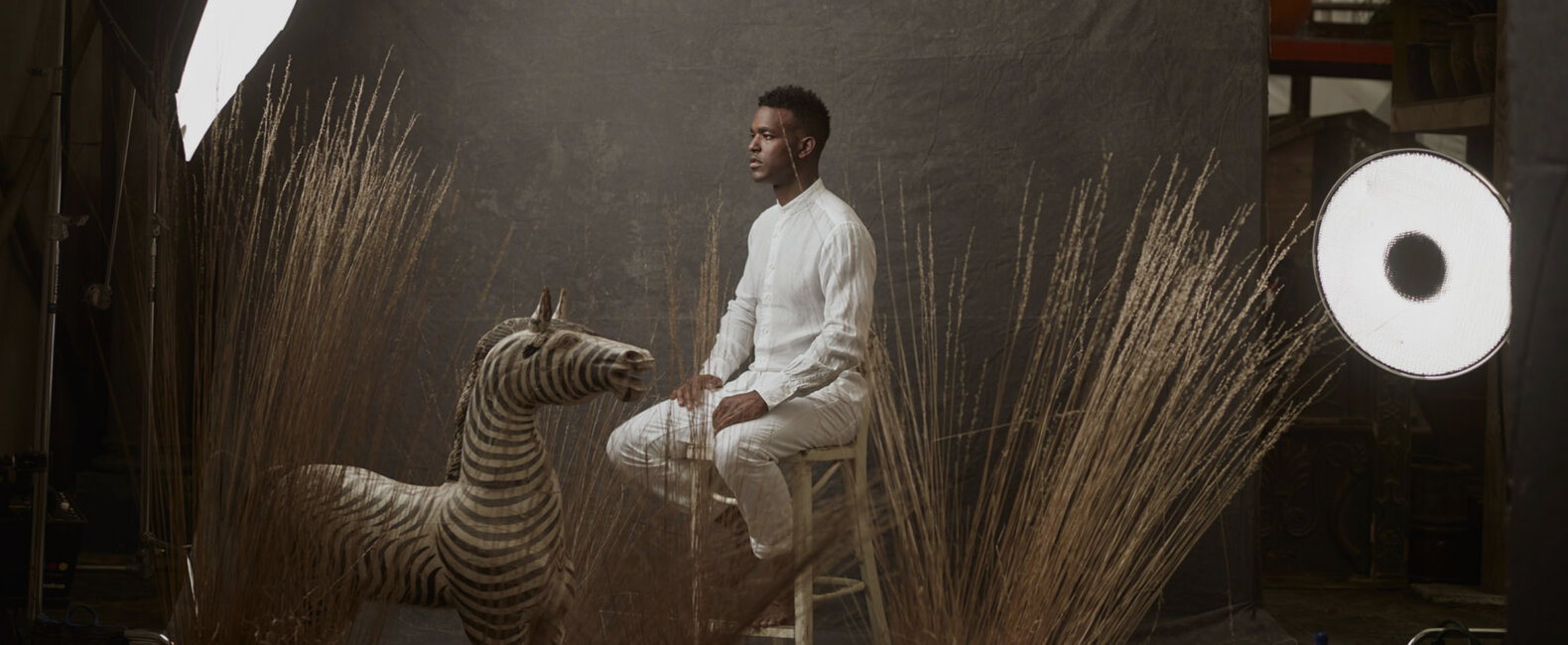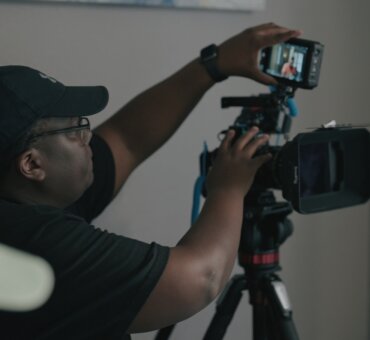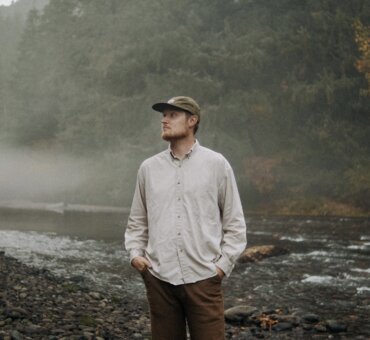If there is such a thing as a secret formula to success, it might be this: work your ass off. After two years of talking nonstop with successful creatives, that’s the best we can come up with. And few exemplify this better than Joey L., a Brooklyn-based commercial portrait photographer who’s shot the likes of Robert De Niro, Jessica Chastain, and Martin Sheen, and worked with brands such as the US Army, National Geographic Channel, and charity: water.
Joey’s work is exceptional — and his work ethic equally so. (The two are obviously related.) Since he began earning a living through band photography while he was still in high school, Joey has continued to push himself into new and dangerous territories. For example: Iraq. For example: Syria. If you’ve watched any of his Dudes with Cameras videos (and you should), you can see immediately just how much energy this guy has — and how devoted he is to his craft.
We recently talked with Joey about his life, his staunch autodidacticism, his love of jerry-rigged toys, and that one time an Iraqi soldier forced him to delete his photos.
Here’s the inexhaustible Joey L.
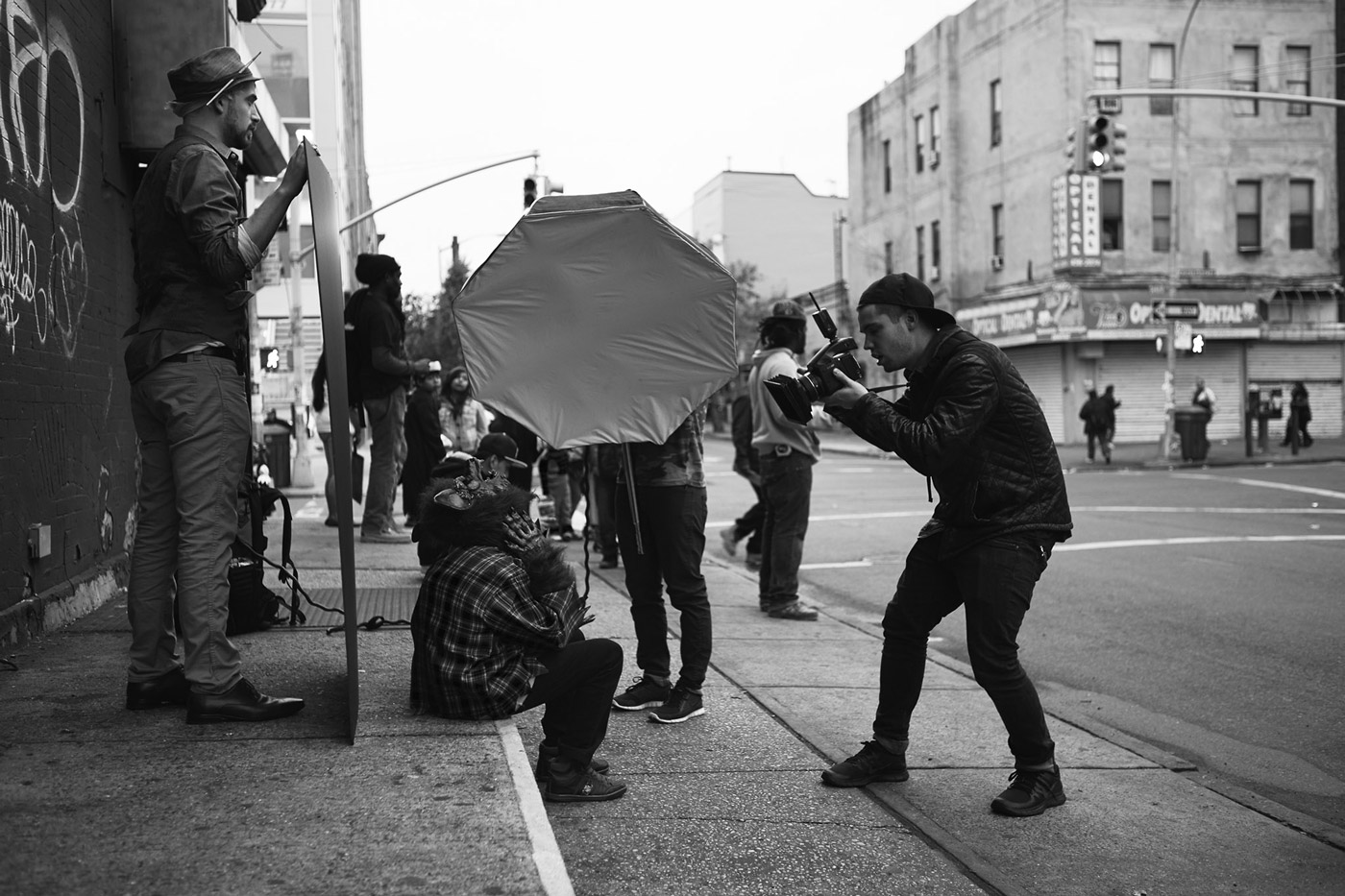
I read that you originally got into photography by picking up your dad’s crappy camera.
My dad is an antique restoration guy. He fixes old things like Coke machines and makes them like new. He had a digital camera that he used to take pictures of his restorations, before and after. That’s the camera I started using to take pictures of my dinosaur toys. I had a website called Dino-Rama.com, and I’d make Jurassic Park scenes and set up my dinosaurs in very elaborate configurations — like with a smoke machine, in a lake, wherever — and then I’d submit them online. Other kids were doing this too, and we’d share our “dinoramas” and have contests where you could win a banner for your site or something. That’s honestly how I got started learning photography and Photoshop.
And paleontology.
Well, I don’t know…Jurassic Park is a bit far-fetched, but still my favorite movie of all time.
Do you still own dino-rama.com?
I let it go, as with most things in life.
And at some point you transitioned away from dinosaurs?
After the dinosaur stuff, I started doing normal photography stuff. Sunsets. Rural barn scenes. Then I became an angsty teenager, so I did a lot of teenage angst pictures. Sitting in the corner of an old abandoned psychiatric ward, grunge filters — you know what I’m talking about, that kind of stuff. Wearing a gas mask. [Laughs]
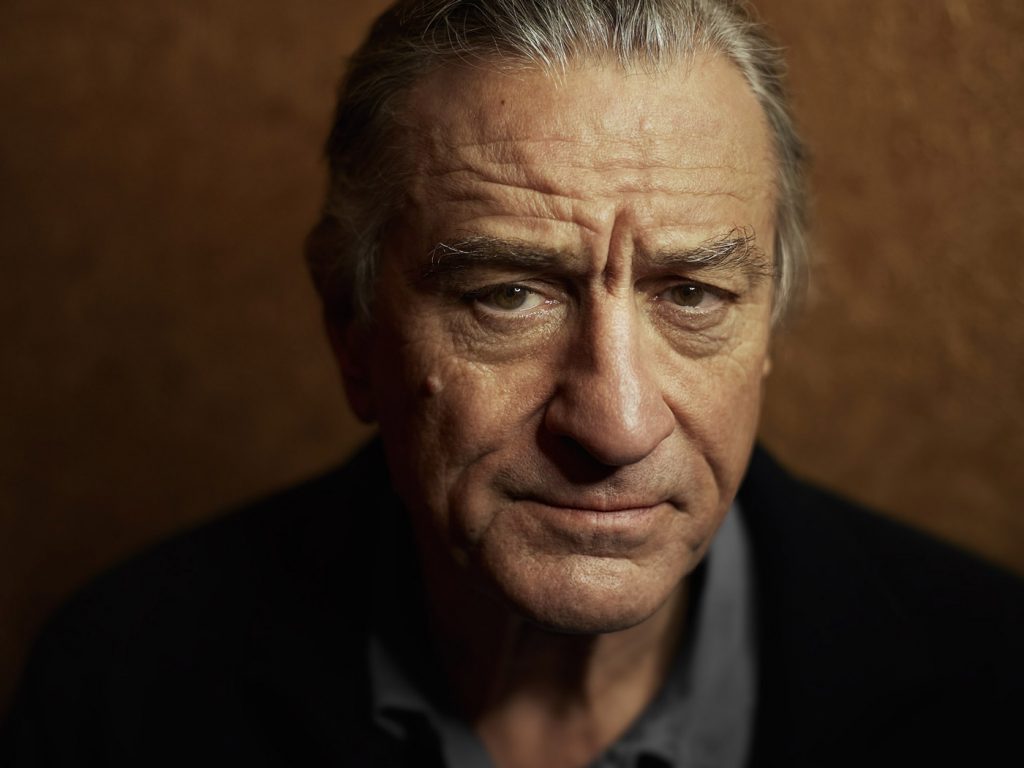
“If you don’t have the capacity to learn independently, if you don’t have that work ethic, you’re never going to make it as a photographer.”
By then I had a lot of friends in high school who were in a hard-core, screaming devil-music band. I did their group shots for Myspace and eventually started touring with them. My first agent was their manager, and he quickly realized he could also make money managing a photographer. I started doing all of these photo shoots for smaller bands, making a couple hundred bucks here, a couple thousand bucks there. That’s what filled my first portfolio. But maybe most importantly, that’s how I learned a strong work ethic.
It must have felt pretty awesome being a professional photographer in high school.
I was fortunate. But it wasn’t that cool because, remember, my friends were in bands. They were the really cool ones. I just did the thing that I could do. You know how it is when you’re a kid and everyone is like, “Let’s be a band!” and the one kid who isn’t musically talented is like, “And I’ll be your manager”? It was like that. It was a way for me to be with the cool kids.
Did you go to college for photography?
No, I started working immediately. I didn’t go to college or university. And here’s what I’ll say about that: If you look at the academic world, your best philosophers, scientists, and anthropologists all have residencies inside universities; they write papers with their students, conduct studies, and create great academic publications. But in the arts — like photography — the best working photographers, the most relevant photographers, aren’t in universities. They’re shooting. At least, in most cases.
I don’t believe you need a college or university education for the arts. It’s better to learn on your own or go to workshops where your teacher is a credible working photographer.
I used to sugarcoat this more. I used to say, “Oh, you know, learning on your own isn’t for everybody. Some people need the support of an institution; it’s just a different learning style.” But I don’t say that anymore. Now I say, “If you don’t have the capacity to learn independently, if you don’t have that work ethic, you’re never going to make it as a photographer. Ever. If you can’t figure it out on your own, you’re doomed.”
What made you stop sugarcoating?
The industry grew tougher. It got more competitive.
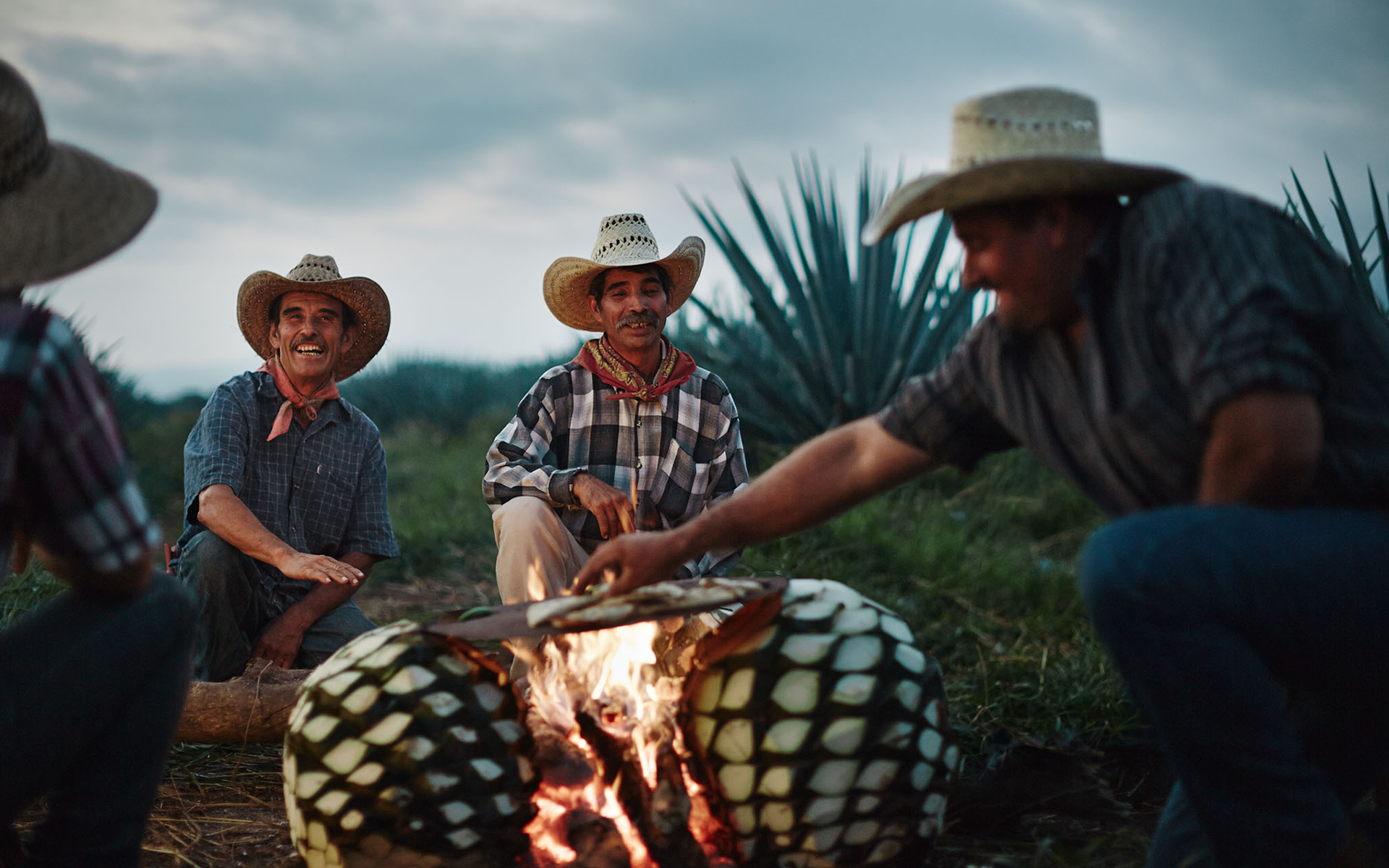
It’s pretty obvious, though, that you’re well educated. How did you go about educating yourself?
Education is the most important thing in life, but the institution is less important. The first universities were not the standard curriculum-based brick-and-mortar buildings we know today.
In long-forgotten times, perhaps there was a guru with a few disciples who are sitting in the wilderness somewhere, and he’s teaching them what he knows, and they carry on a similar tradition to their students. That kind of learning is not quite the business-minded evil lizard kings that you find in the educational world today, charging students $50,000 a year to learn things already available on YouTube. What matters is the implementation of the same knowledge everyone has access to. The stylistic nuance, the taste, and the work ethic.
I’m not from a rich family. I could never have gone to one of those schools even if I’d wanted to. So I had to carve out my own way anyhow. Now I’m glad I didn’t go because it taught me a lot about business and about being independent.
What were your sources of education? What was your “curriculum”?
Books, reading things online, going to workshops, trial and error, studying other people’s work, trying to figure out what they did, attempting it myself, doing impromptu mock shoots, experimenting. That’s a nice way to learn because you end up combining all of your influences and inspirations, and you come out as something unique.

I guess part of the benefit — and challenge — of self-education is there’s not a set “self-education path.” Asking for a self-education curriculum was very university-minded of me.
The world doesn’t work in easy steps like that. Every career path is very unique. It’s not that the university route is inherently bad; it’s just that if you were to compare that route versus another route, the other route might be way, way better.
In your bio you talk about how important it is for you to build a personal connection with your subject.
I think it depends on what kind of photographer you are. This wouldn’t apply to some forms of photography that are fast moving and rely on coverage. But typically, I do portrait photography in a fine-art style. That kind of work requires in-depth time and a lot of dedication to a particular project. I’ve been to the same communities in Ethiopia five or six times. India three times. If you’re making connections with people, it requires more time.
I was recently in Iraq and Syria doing a personal series, and obviously, that region is hostile in general towards photographers and journalists. Not a good idea to just show up and start taking photos. I went with a reliable fixer who had a great personal connection with the guerrilla group I was photographing. He kind of laid down the groundwork. But even then, you can’t show up and start taking a barrage of photos. You want to show your character; explain exactly why you’re there, what convictions brought you there, what you believe, what you care about. That goes a really long way. On a trip like that, good photos aren’t going to happen for three or four days.
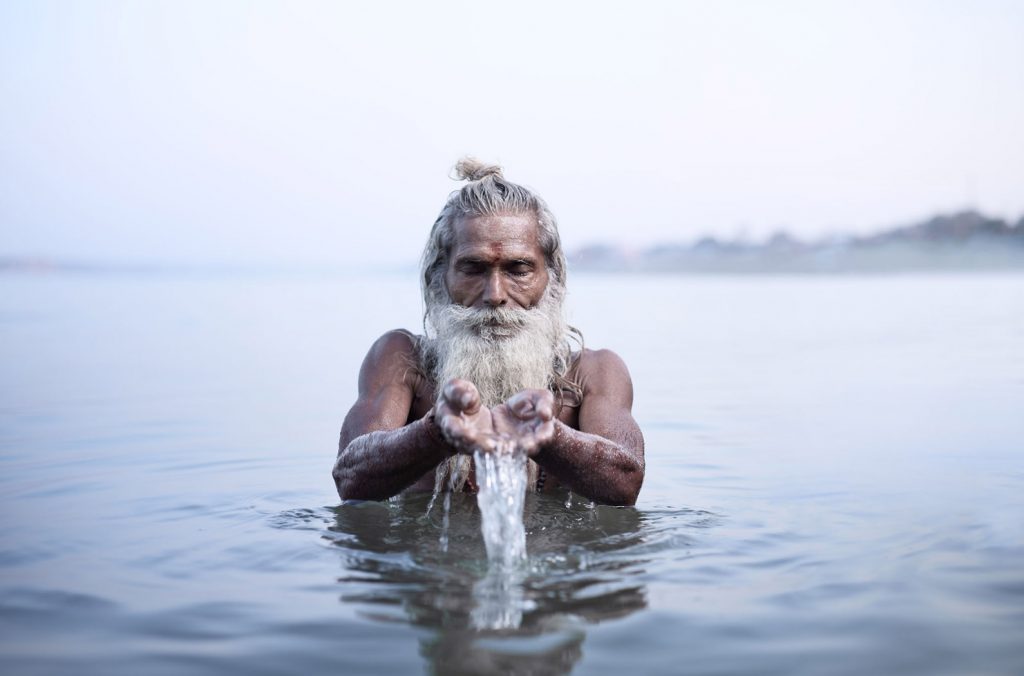
“When the process becomes collaborative, it’s not just me taking photos; it’s us working together to figure this out.”
I never hide the fact that I’m a photographer. I came to take photos. But people are putting a lot of trust in you to depict things properly. You can’t just run around without a plan. You’re not going to get good access that way. They’re going to condemn you as a photographer.
Does getting to know your subject affect your work creatively?
Definitely. It becomes a collaborative process. They see the time you’re putting into it, the expense, and they go, “Holy shit, this guy really wants to do this right.” After that, they might start suggesting locations. I can tell them, “I want to take a portrait of you. What’s a good spot? What’s a spot that means something?” Even when people don’t care about photography, they care about how they’re represented. When the process becomes collaborative, it’s not just me taking photos; it’s us working together to figure this out.
People don’t seem to like photographers very much these days.
They don’t. Because unfortunately a lot of photographers are selfish. They only care about how things look, which is trivial. Anything you can do to get rid of that notion is important. Especially in the United States — in New York — understandably, sometimes photographers are seen as an annoyance. It is difficult to share an internal goal with an external medium like photography.

How do you overcome that, say, for your Halloween in Brooklyn series?
That one is very easy because it’s an easygoing neighborhood. A lot of the parents and kids actually ask how much it costs for me to take their picture. It’s a great time for photography because everyone is all done up in their costumes and would like to share it. They’ve spent a lot of time on it. I’ve photographed some of the same kids multiple times over the years because it’s always the same neighborhood. So that’s an easy one. Other places are not so easy. The most important sensibility a photographer can have is the ability to adapt to circumstances. Not everybody is going to react to you the same way. You have to be emotionally responsive. You have to read the vibes people are giving off. Some people aren’t sensitive enough to know when someone is weirded out or when they’re casting a weird vibe.
Do you always ask permission to take someone’s photograph?
I do because what I do involves a lot of setup. There are some candid photographers who get brilliant stuff by not asking. It depends on the photographer’s style.
You talk in your online tutorials about the value of DIY and homemade gear. How have you come to that mentality?
I started out that way because I had to be. I didn’t have money to buy real stuff, so I’d use crappy stuff like tinfoil, wax paper, or whatever. Back then, there weren’t the cheaper brands we have now. It wasn’t a very consumer-friendly market. I love DIY though. Light is light no matter what you do; it really just depends on the shape and quality. You don’t need thousands of dollars worth of gear to make something interesting. I believe in always using dependable gear; but if you understand light, you can use anything.

Do you have a favorite piece of gear you’ve rigged together?
Yeah. If you look on my website in the portfolio overview, there’s a portrait of actor Michael K. Williams. In the reflection of his eyes, there’s a square of light. That’s just some florescent tubes for a fish tank that I taped onto one of those fold-up clothing racks on wheels that you can get from Amazon. So it’s literally four fish tank lights all connected together. And when you turn them on, it looks awesome.
Have you kept every photograph you’ve ever shot?
I never delete pictures unless I have to. Actually, the first time I ever deleted something was in Iraq. I photographed some soldiers playing a ball game, and I guess some of their commanders were supposed to be kept a secret. It was the first time someone was like, “Delete those photos.” And I was like, “I don’t delete anything!” They’re like, “Delete those photos now.” And I’m like, “I’m a trustworthy guy! You don’t know my workflow! This is going to disrupt my image-naming structure! … Okay, I’ll do it.” It was a very weird feeling.
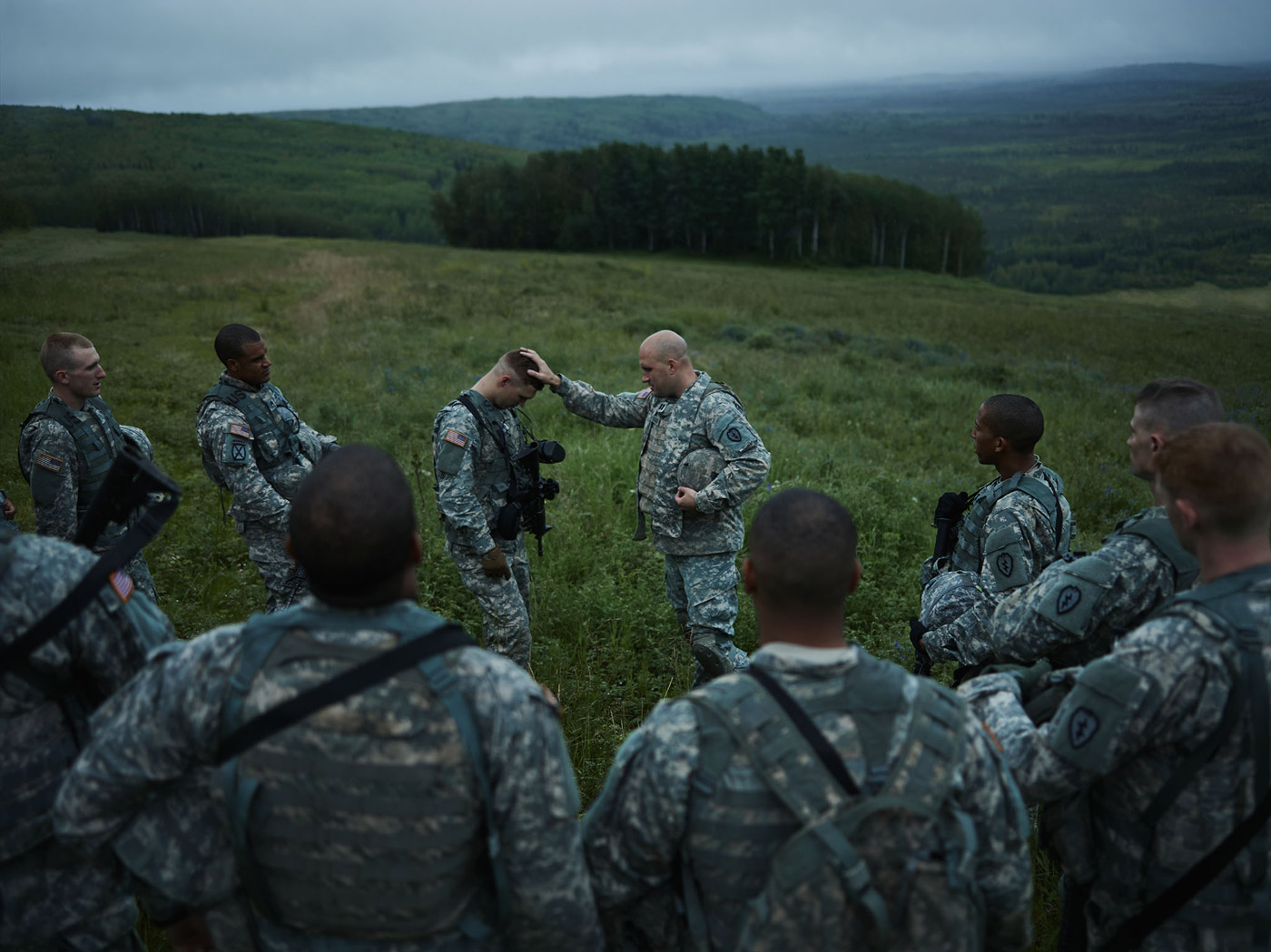
If, up until now, you’ve been thinking that your lack of formal education or professional-quality gear has been holding you back, it hasn’t. Doing your best work requires only that: work. And lots of it. Big thanks to Joey L. for taking the time to chat with us and share his hard-earned wisdom. Be sure to check out everything he’s ever done.





































































